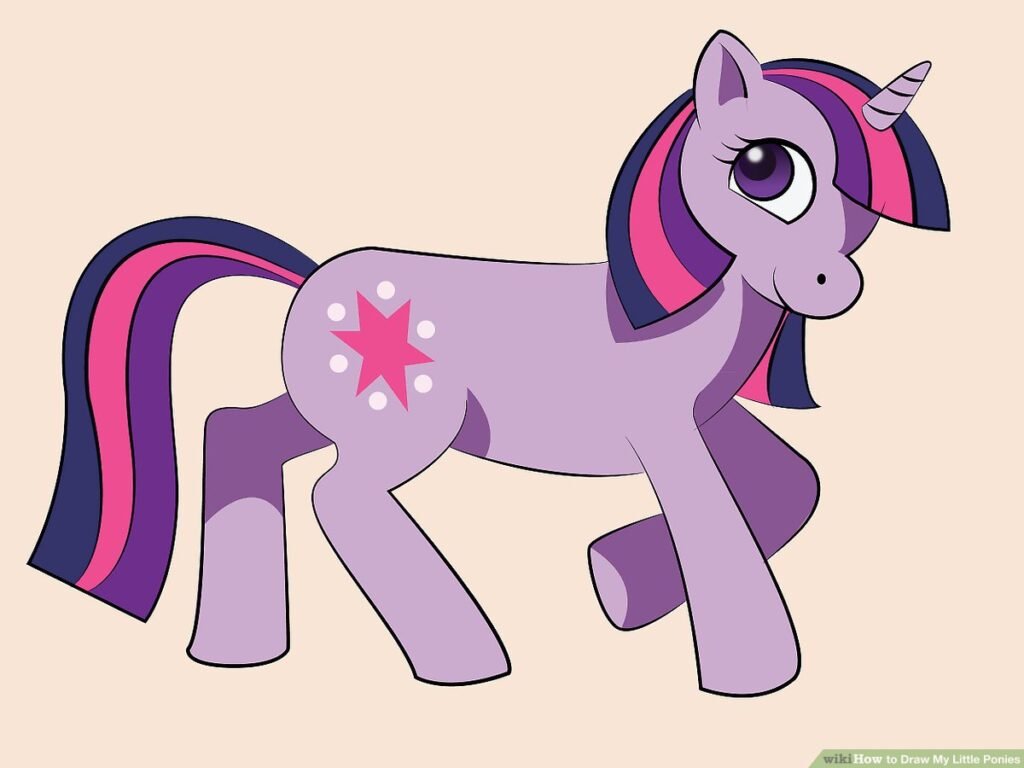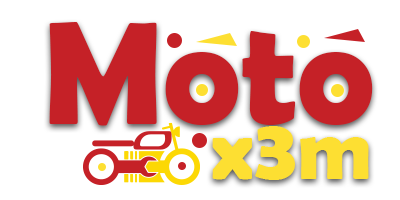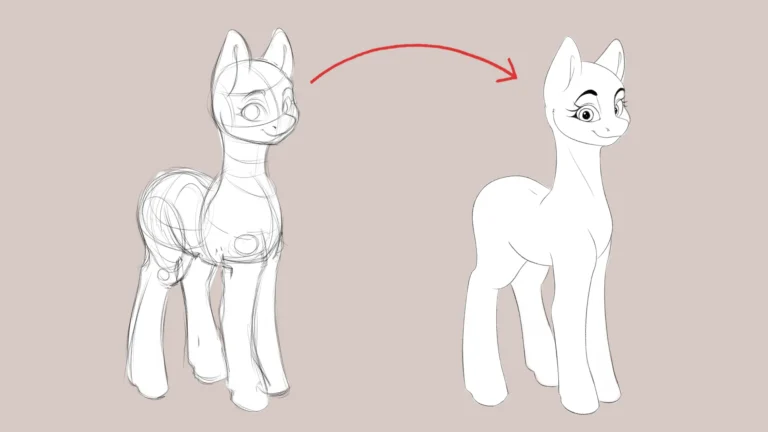Drawing ponies can be a delightful artistic journey, whether you’re a beginner or a seasoned artist. These charming creatures, with their flowing manes and expressive eyes, have captured the hearts of many. In this guide, we’ll dive deep into everything you need to know about pony drawing—from basic techniques to advanced tips—to help you create stunning artwork.
Why Draw Ponies? The Joy and Benefits
The Appeal of Ponies in Art
Ponies are iconic symbols of beauty, innocence, and freedom. They’re often associated with fantasy worlds and childhood memories, making them a popular subject for artists of all ages. Drawing ponies allows you to explore both realistic and imaginative styles, blending the natural with the whimsical.
Their unique anatomy and expressive features offer endless opportunities for creativity. You can sketch a majestic pony galloping through a meadow or a magical one adorned with sparkles and wings. The possibilities are as vast as your imagination.
Developing Artistic Skills
Drawing ponies isn’t just about creating pretty pictures; it’s an excellent way to hone your artistic skills. By focusing on their anatomy, movement, and textures, you can:
- Improve your understanding of proportions and symmetry.
- Learn how to depict motion and emotion.
- Experiment with shading and color blending.
Whether you’re sketching for fun or as part of a larger project, pony drawing helps you grow as an artist.
Therapeutic Benefits
Art, including drawing ponies, has therapeutic benefits. The process of sketching and coloring can be incredibly relaxing, helping to reduce stress and improve focus. Plus, the joy of bringing a pony to life on paper can boost your mood and spark creativity.
Getting Started: Essential Materials and Preparation
Gathering Your Tools
Before you start drawing, it’s important to have the right tools. Here’s a basic list to get you started:
- Paper: Choose high-quality sketch paper or a drawing pad that can handle erasing and shading.
- Pencils: Use a range of graphite pencils (e.g., HB, 2B, 4B) for sketching and shading.
- Erasers: A kneaded eraser works well for precise corrections, while a regular eraser is good for larger areas.
- Coloring Tools: Colored pencils, markers, or watercolors can bring your pony drawings to life.
- Blending Tools: Cotton swabs, blending stumps, or your fingertips can help smooth out pencil strokes.
Understanding Pony Anatomy
To draw ponies realistically, you’ll need a basic understanding of their anatomy. Key features to study include:
- Head and Neck: Ponies have rounded heads with soft contours. Their necks are relatively short and muscular.
- Body: The body is compact yet sturdy, with a rounded barrel shape.
- Legs: Shorter than those of horses, pony legs are thick and strong.
- Mane and Tail: These are flowing and can be styled in various ways to add personality.
- Eyes and Ears: Large, expressive eyes and perky ears are essential for capturing a pony’s charm.
Setting Up Your Workspace
A well-organized workspace can enhance your drawing experience. Ensure you have:
- Good lighting to see fine details.
- A comfortable chair and table to maintain proper posture.
- A clean, clutter-free surface to keep your tools within easy reach.

Basic Techniques for Drawing Ponies
Sketching the Outline
- Start with Simple Shapes: Begin by drawing basic shapes to outline the pony’s body—a circle for the head, an oval for the torso, and rectangles for the legs.
- Connect the Shapes: Use light strokes to connect the shapes, forming the pony’s overall structure. Keep your lines loose and fluid.
- Add Details: Gradually refine the sketch by adding facial features, hooves, and the mane.
Proportions and Symmetry
Maintaining correct proportions is crucial for a realistic look. Pay attention to the size of the head relative to the body, the length of the legs, and the placement of the ears and eyes. Using a grid or guidelines can help ensure symmetry.
Shading and Texture
Shading adds depth and dimension to your drawing. Follow these steps:
- Identify the light source and shade accordingly.
- Use hatching or cross-hatching techniques for fur texture.
- Blend lightly to create smooth transitions between light and shadow.
Adding Personality: Expressions and Poses
Capturing Emotions
A pony’s eyes and mouth play a key role in conveying emotions. Experiment with different shapes and angles to depict happiness, curiosity, or even mischief. Eyebrow placement and the curve of the lips can make a big difference.
Dynamic Poses
Bring your pony to life by experimenting with poses. Instead of a static stance, try:
- A pony rearing up on its hind legs.
- A playful leap or trot.
- A relaxed grazing position.
Study reference images or observe real ponies to understand their movements and behavior.
Mane and Tail Styles
The mane and tail are perfect for adding flair. Try:
- Braided or flowing styles for a classic look.
- Spiky or curled designs for a whimsical vibe.
- Fantasy elements like sparkles or streaks of color.
Advanced Techniques: Fantasy Ponies and Backgrounds
Drawing Fantasy Ponies
Take your creativity to the next level by designing fantasy ponies. Add features like:
- Wings: Create feathered or bat-like wings for a magical touch.
- Horns: A spiraled horn transforms your pony into a unicorn.
- Patterns: Experiment with unique coat patterns, such as stars or stripes.
Creating Engaging Backgrounds
A well-crafted background enhances your drawing. Consider:
- Nature Scenes: Place your pony in a meadow, forest, or near a stream.
- Fantasy Worlds: Add castles, rainbows, or floating islands.
- Simple Textures: A gradient sky or textured ground can add depth without overshadowing the pony.
Using Digital Tools
If you’re into digital art, software like Photoshop or Procreate offers advanced features for pony drawing. Experiment with layers, brushes, and effects to achieve professional results.
Tips for Improvement and Practice
Practice Regularly
Consistency is key to improving your skills. Set aside time each day to draw, even if it’s just a quick sketch. Over time, you’ll notice significant progress.
Seek Feedback
Sharing your work with fellow artists or online communities can provide valuable feedback. Constructive criticism helps identify areas for improvement and inspires new ideas.
Learn From Others
Study artwork from professional pony illustrators or animators. Observe their techniques and incorporate elements you admire into your own style.
Conclusion: The Endless Joy of Pony Drawing
Drawing ponies is a rewarding experience that combines creativity, skill, and a touch of magic. Whether you’re sketching a realistic pony or crafting a fantastical creature, the process allows you to express your unique artistic voice.
So grab your pencils, unleash your imagination, and start creating! With practice and passion, you’ll master the art of pony drawing and bring these enchanting creatures to life on paper.

